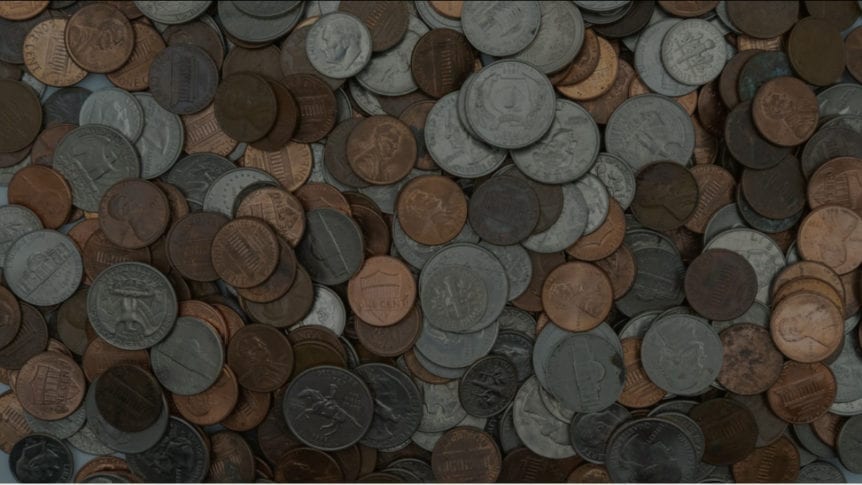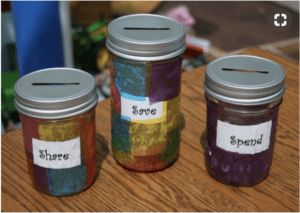Share This Article
As with any good habit, starting early in life and keeping up with said habit can help one become more successful. As it is the start of a new year and a time for new beginnings, why not have your students start out the new-year right with learning about a new, healthy habit? Learning about savings and starting good savings habits early will help your student be more comfortable and knowledgeable later in life and can definitely help set up him or her for success. This blog post will go over a few tips and tricks we have compiled to help your student out on a new savings journey!
Setting SMART Goals:
The best thing for your student to do before even starting to save is to set a savings goal. A great way to do this is to follow the SMART model and make sure your student’s goals are specific, measurable, attainable, relevant, and time-bound. This helps to ensure that your student’s goal is right for him or her, and it will be something you student can achieve!
Collecting Spare Change:
The best way to start saving is to start saving spare change! It may be spare change found around the house or even the change left over after some sort of transaction (how often is something $5.00 and not $4.99?). Once your student has acquired this spare change, keeping it somewhere not easily accessible (such as a piggy bank or savings jar) will help him or her to not be tempted to spend that change throughout the year. At the end of the year, seeing the amount collected will be an exciting and satisfying reward for a year of saving! Also, as with all of our tips, having someone who is willing to match the student’s savings at the end of the year can help motivate and excite your student, too!
Spend, Save, Share:
Going along with collecting spare change, or if your student receives an allowance or cash gift, our next tip encourages them to split the money into three categories. The three categories are: spend, save, and share. The spend category will be for money that the student plans on spending, the save category will be for saving up for something wanted in the future, and the share category will be for charity. Splitting this money into separate jars will help your student visually see where all of the money will be going!
Save First, Not Last:
Helping students get into the habit of saving before spending will him or her immensely with understanding savings. When your student receives money, whether it be allowance, a gift, or otherwise, instead of buying whatever he or she wants and then saving what’s left over, putting a portion away before purchases will ensure that something is saved right away! This will help your student get into the habit of putting money aside right away and will hopefully help him or her reach savings goals quicker!
Open a Savings Account:
Our last savings tip is to open a savings account! Savings accounts are great not only for keeping money safe but also for increasing your savings with doing very little! Savings accounts typically pay out interest for what is in the account, meaning that by just having your student’s money sitting in an account, it will gain a little more each quarter. At Young Americans bank kids from age 0 to 22 can open up a savings account with as little as $5.00! Learn how to open an account at Young Americans Bank here!
Now, hopefully you’re inspired to put these ideas into practice with your students this year! Starting young means that your student can practice and develop good money habits that will lead to a financially successful and independent future!





